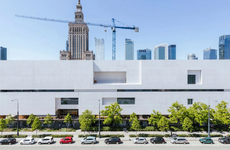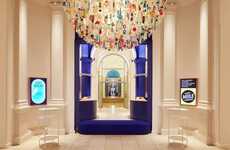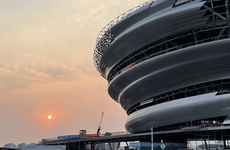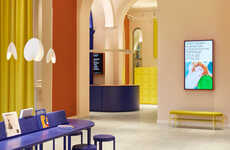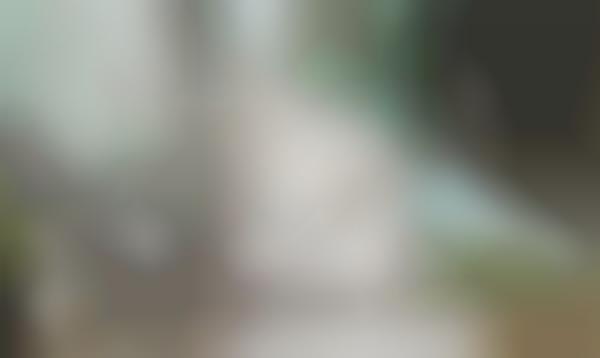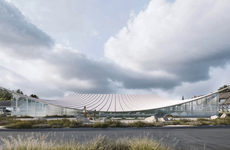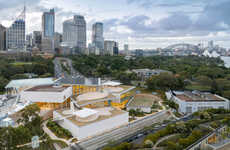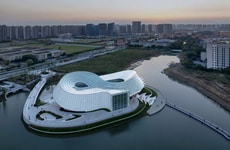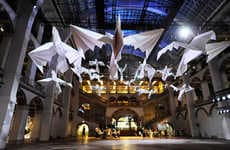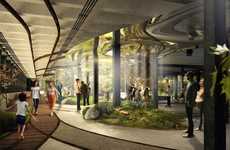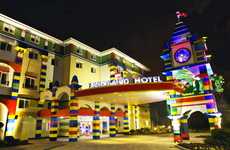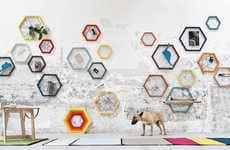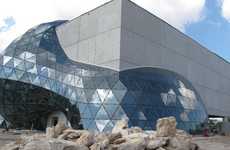
MoMA's Public Geometric Glass Structure Redefines the Traditional Museum
Tiffany — January 22, 2014 — Art & Design
References: nytimes & fastcodesign
New York City-based interdisciplinary design studio Diller Scofidio + Renfro has recently released a proposed plan in light of the major expansion for the Museum of Modern Art (MoMA) in New York City in the form of a geometric glass structure. The midtown Manhattan area plans to take over its neighbor’s space, the Museum of Folk Art, in order to construct an almost entirely glass structure.
Taking the direction of capitalizing more on user and visitor experiences over the actual aesthetics of art galleries, the director of MoMA reminds us that the purpose of museums aren’t strictly bound to displaying works of art but are also sanctuaries where “surprise, learning, and reflection come together in a liberating set of experiences. They link contemplation and conversation, quiet and excitement.”
The new expansion will open up the museum’s ground floor to the general public, even the people without tickets.
Taking the direction of capitalizing more on user and visitor experiences over the actual aesthetics of art galleries, the director of MoMA reminds us that the purpose of museums aren’t strictly bound to displaying works of art but are also sanctuaries where “surprise, learning, and reflection come together in a liberating set of experiences. They link contemplation and conversation, quiet and excitement.”
The new expansion will open up the museum’s ground floor to the general public, even the people without tickets.
Trend Themes
1. User-experience-focused Museums - Designing museums that prioritize user experiences over aesthetic displays opens up opportunities for interactive and immersive exhibits.
2. Glass Structures in Museum Design - Using glass as a primary construction material in museum design creates visually striking and modern architectural spaces.
3. Public Access to Museum Spaces - Allowing public access to museum spaces, even without tickets, encourages inclusivity and increases exposure to art and culture.
Industry Implications
1. Museum Design - Innovative and user-centric approaches to museum design can revolutionize the way visitors engage with art and culture.
2. Architectural Glass - The use of glass as a structural material in architecture offers opportunities for creating unique and aesthetically appealing spaces.
3. Cultural Institutions - Opening up museum spaces to the public without ticket requirements can create new opportunities for community engagement and outreach.
0.6
Score
Popularity
Activity
Freshness


